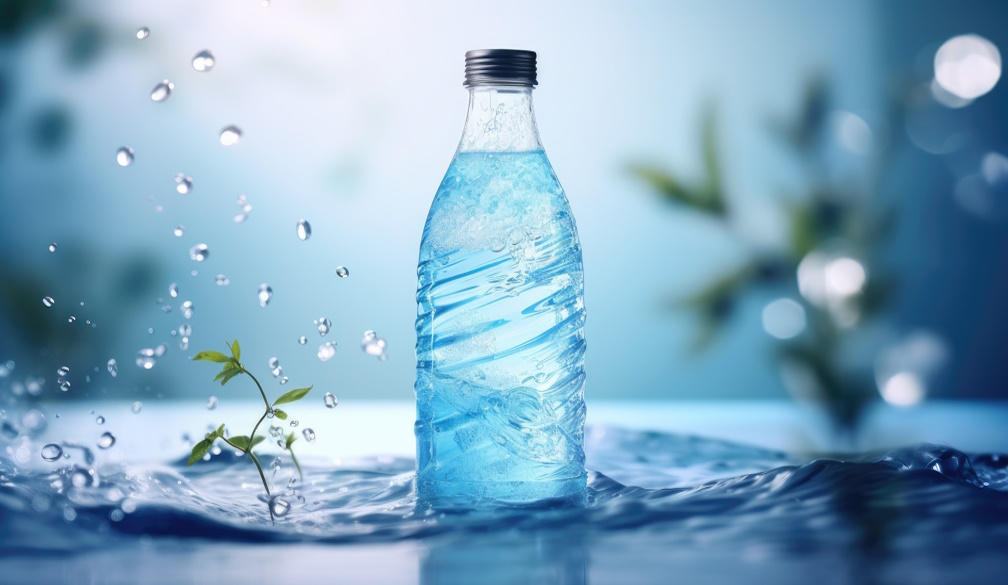The Science Behind Reverse Osmosis and Why It Matters

What is reverse osmosis?
Reverse osmosis (RO) is a water purification process that removes contaminants by forcing water through a semi-permeable membrane. This membrane allows only water molecules to pass through while blocking impurities such as salts, bacteria, and chemicals.
In simple terms, reverse osmosis works by applying pressure to push water from a more concentrated solution (contaminated water) through the membrane to a less concentrated solution (purified water), effectively reversing the natural process of osmosis.
Water treatment plant hire services specialise in reverse osmosis. The result is clean, safe drinking water with significantly reduced levels of dissolved solids and pollutants.
What is the origin of reverse osmosis?
While the phenomenon of osmosis has been understood since the 18th century, reverse osmosis as a practical water purification method was developed in the 1950s, with breakthroughs in membrane technology making it viable for large-scale use. Today, it's widely used in both residential and industrial water treatment systems around the world.
Timeline:
1748: French physicist Jean-Antoine Nollet observes natural osmosis using a pig bladder to separate water and alcohol.
1950s: Researchers at the University of California, Los Angeles (UCLA) begin investigating synthetic membranes to desalinate seawater, leading to the first practical applications of reverse osmosis.
1959: Dr. Sidney Loeb and Dr. Srinivasa Sourirajan develop the first semi-permeable membrane capable of effectively desalinating water, marking the birth of modern reverse osmosis.
1960s–70s: Reverse osmosis technology advances rapidly and begins to be used commercially for brackish and seawater desalination.
How Reverse Osmosis Works: Step-by-Step Process
Step 1: Pre-filtration – removes sediment and chlorine
The pre-filtration stage is the first step in a reverse osmosis (RO) system. Its main purpose is to protect the RO membrane by removing larger particles and contaminants that could clog or damage it.
Step 2: Pressurization – forces water through the membrane
The pressurization stage in a reverse osmosis (RO) system is the phase where pressure is applied to the pre-filtered water to push it through the semi-permeable RO membrane.
This stage overcomes natural osmotic pressure and forces water molecules through the membrane, leaving behind dissolved salts, minerals, and other impurities.
Step 3: Filtration through the membrane
The filtration through the membrane stage is the core step in the reverse osmosis (RO) process, where actual purification occurs. During this stage, RO system removes up to 99% of dissolved impurities by filtering water at the molecular level. This stage transforms pre-treated water into clean, purified water suitable for drinking and use.
Step 4: Post-filtration
The post-filtration stage is the final step in the reverse osmosis (RO) process. It ensures that the purified water leaving the RO membrane is polished for optimal taste, safety, and quality before it reaches the tap or storage tank.
What Contaminants Does Reverse Osmosis Remove?
Reverse osmosis (RO) is one of the most effective water purification methods available, capable of removing a wide range of contaminants at the molecular level. It works by forcing water through a semi-permeable membrane that blocks most impurities.
Common Contaminants Removed by RO Systems:
Dissolved Salts & Minerals
- Sodium
- Chloride
- Calcium
Heavy Metals
- Lead
- Arsenic
- Mercury
Chemicals & Disinfectants
- Fluoride
- Chlorine (usually removed during pre-filtration)
- Chloramines
Microorganisms
- Bacteria
- Viruses
- Parasites
Benefits of Reverse Osmosis
1) Removes a Wide Range of Contaminants
Effectively eliminates up to 99% of dissolved salts, heavy metals, chemicals, bacteria, viruses, and other impurities.
2) Improves Taste, Odour, and Clarity
By removing chlorine, sulfates, and organic compounds, RO enhances water's taste, smell, and appearance, making it more appealing for drinking and cooking.
3) Healthier Drinking Water
Delivers clean, low-contaminant water, especially important for people with weakened immune systems or those looking to reduce exposure to harmful substances.
4) Environmentally Friendly Alternative to Bottled Water
Reduces dependence on plastic bottles and helps lower your carbon footprint.
5) Low Maintenance and Long-Term Cost Savings
Modern RO systems are relatively easy to maintain with periodic filter changes.
6) Versatile Use
Ideal for homes, offices, aquariums, food preparation, and laboratories.
Limitations and Considerations
1) Wastes Water During Filtration
RO systems typically produce 1 to 4 litres of wastewater for every litre of purified water.
2) Removes Beneficial Minerals
Along with contaminants, RO removes essential minerals like calcium and magnesium.
3) Slower Filtration Process
Water purification through RO is not instantaneous—it takes time to pass through each stage.
4) Requires Adequate Water Pressure
RO systems need sufficient water pressure (typically 40–80 psi) to function efficiently.
5) Initial Cost and Maintenance
Higher initial installation cost compared to basic filters.
6) Not Effective Against Certain Gases or Chemicals Alone
RO membranes don’t remove dissolved gases (e.g., radon or hydrogen sulfide) effectively.
7) Sensitive to Chlorine
The thin-film composite (TFC) membrane used in most RO systems can be damaged by chlorine.
Why Reverse Osmosis Matters Today
In an era of increasing environmental concerns, aging infrastructure, and chemical contamination, reverse osmosis (RO) has become more relevant than ever as a trusted solution for safe, clean, and reliable drinking water.
- Rising Water Contamination Levels
- Declining Trust in Tap Water
- Eco-Friendly Alternative to Bottled Water
- Protection for Vulnerable Populations
- A Solution for Global Water Scarcity
- Improved Quality of Life
Is Reverse Osmosis Right for You?
With the help of water treatment systems in Australia, reverse osmosis (RO) is a powerful water filtration method, but it’s not one-size-fits-all. Whether it’s right for you depends on your water quality, health needs, lifestyle, and budget.
RO May Be Right for You If:
- You Have Poor Water Quality
- You Want Safer Drinking Water
- You’re Spending Too Much on Bottled Water
- You Cook and Brew Beverages Often
- You Live in a Hard Water Area
RO May Not Be Ideal If:
- You Have Low Water Pressure
- You Need High Flow Rates
- You Prefer Mineral-Rich Water
- You’re Concerned About Water Waste














